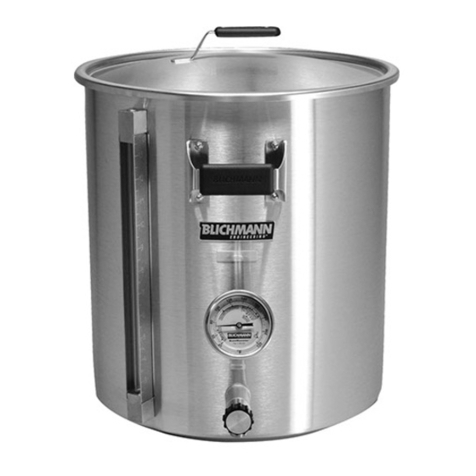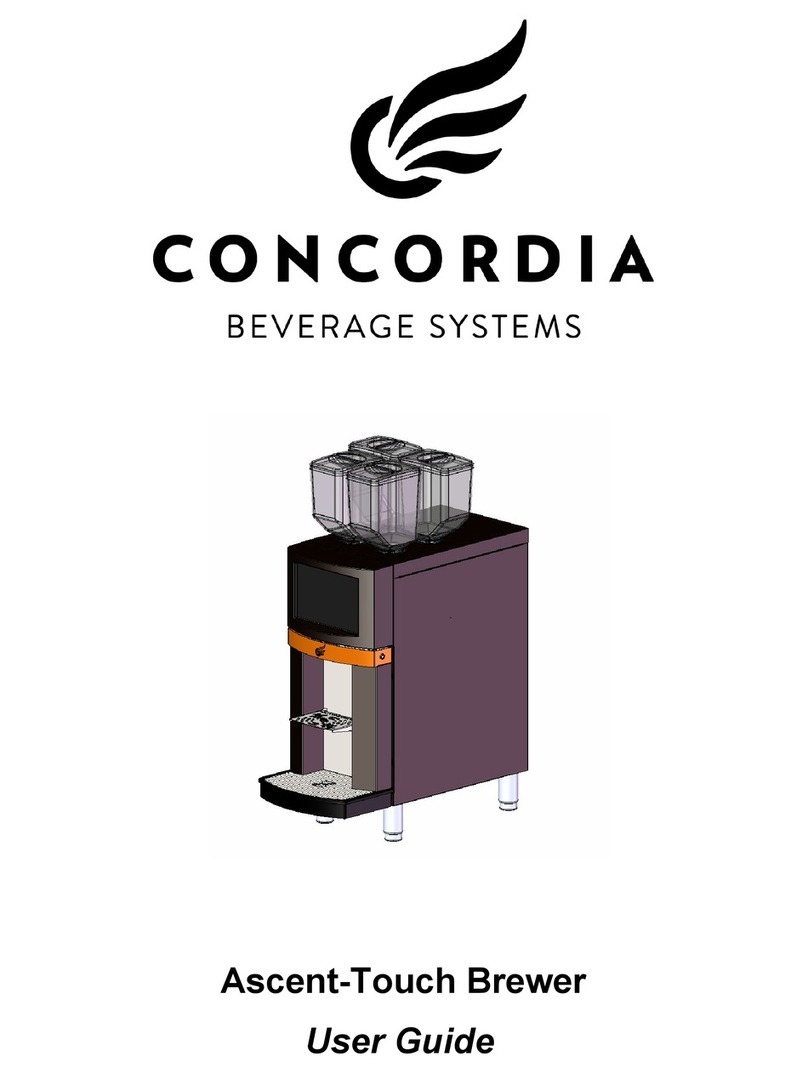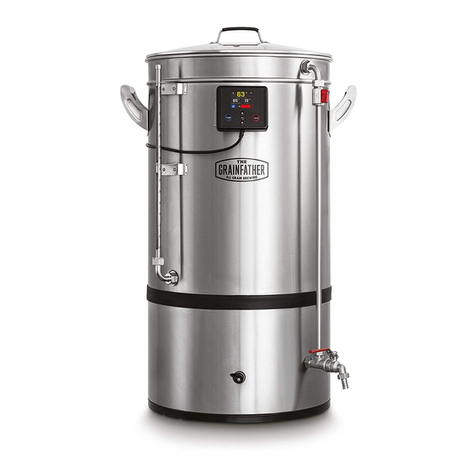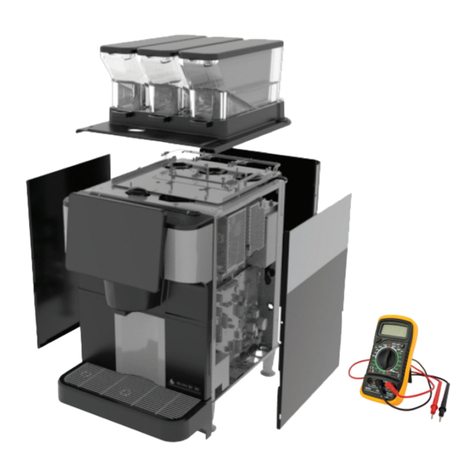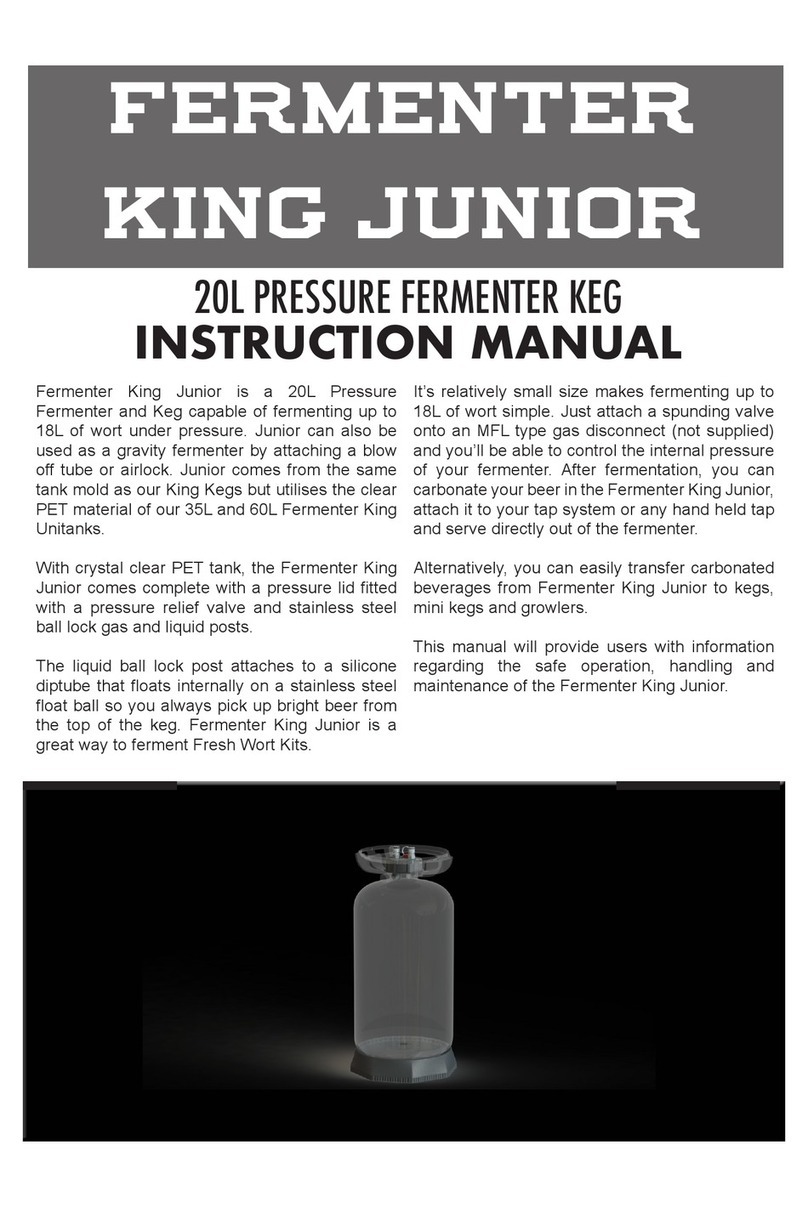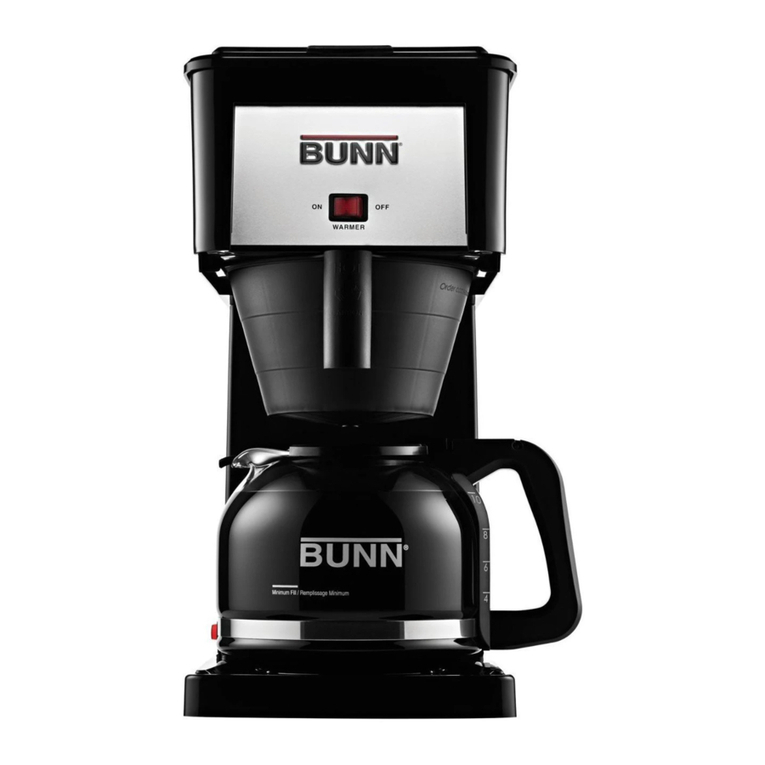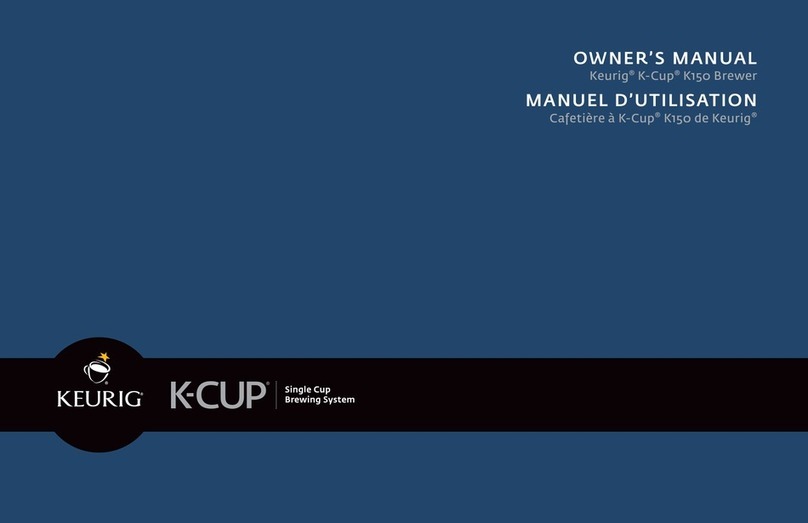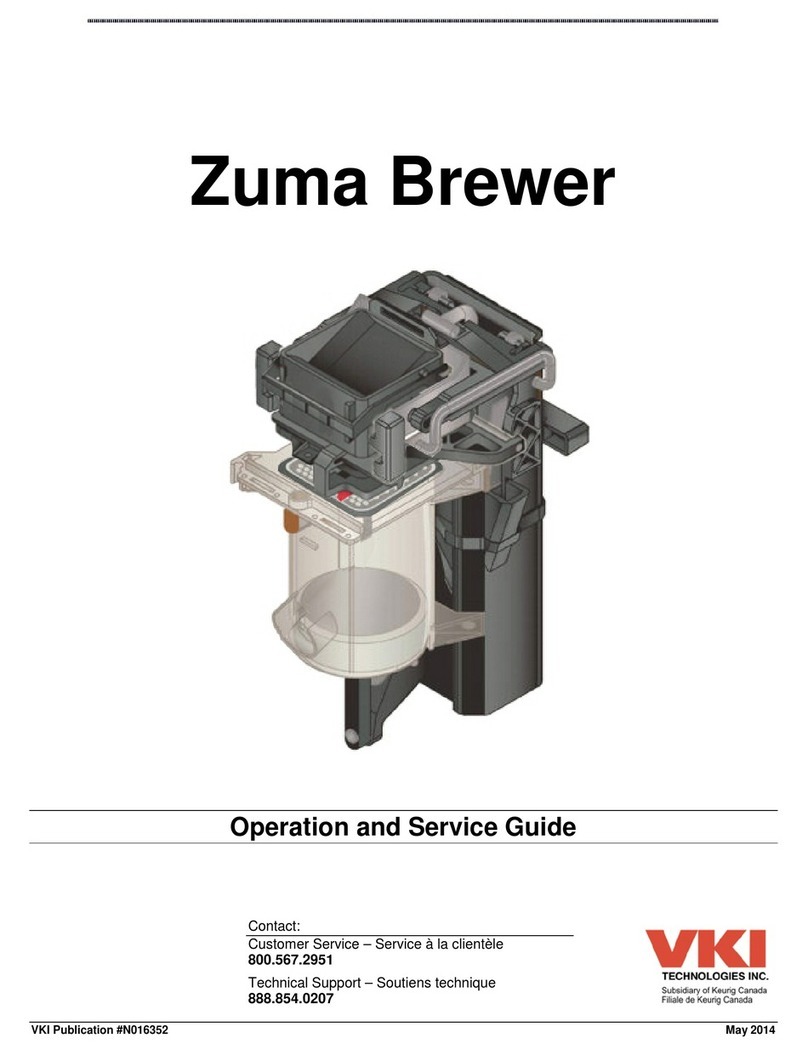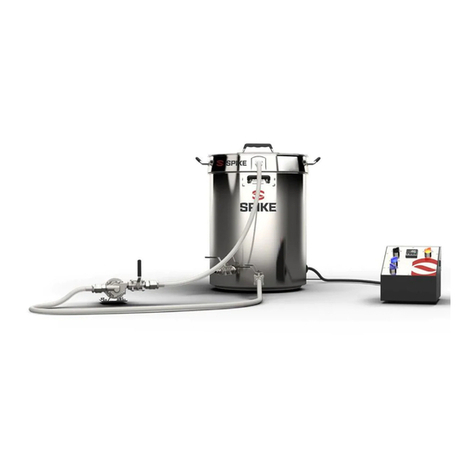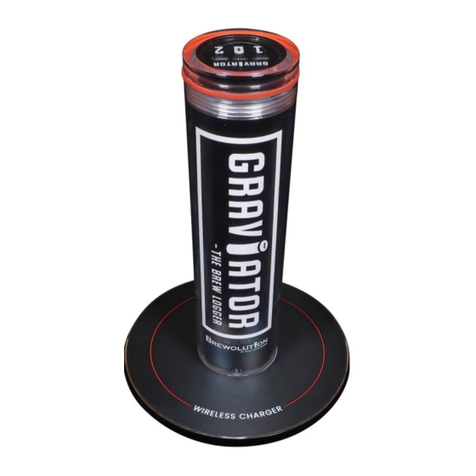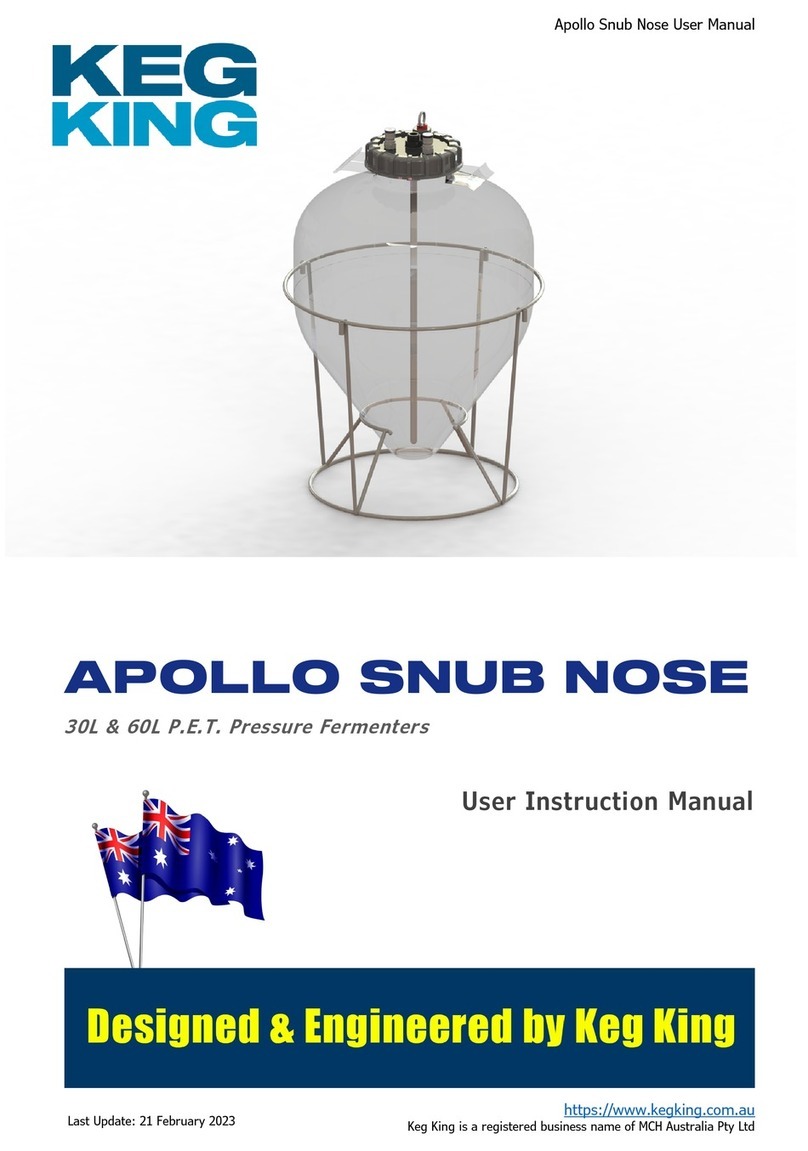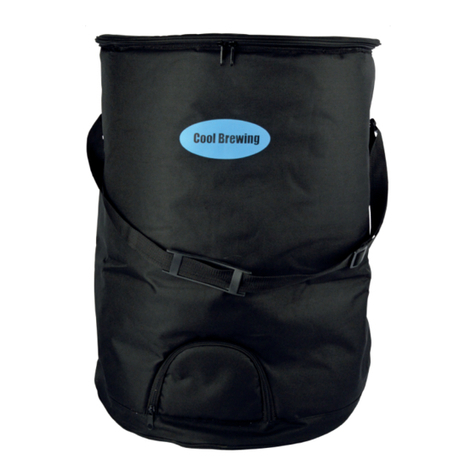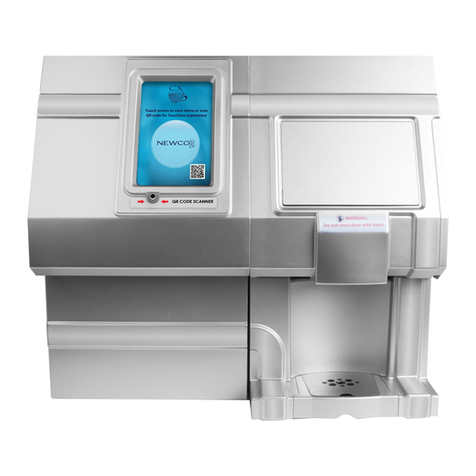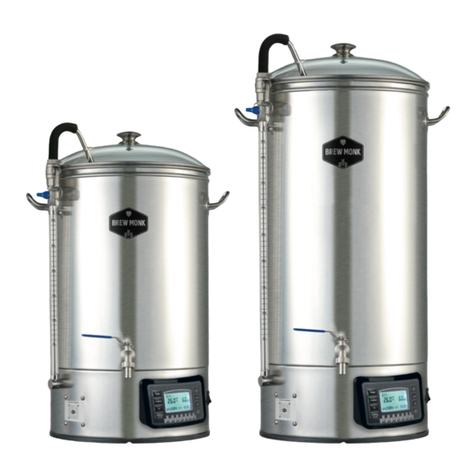WARRANTY INFORMATION
MR.BEER® guarantees all products to be free from defects in materials and workmanship at the time of purchase.
If you find the product to be defective please call (800) 852-4263 or email customerservice@mrbeer.com and we
will work with you to resolve the issue to your satisfaction.
RETURN POLICY
Please do not return the product to the place of purchase; doing so may delay the processing of your claim or
replacement of your product. If you are dissatisfied with your purchase for any reason call (800) 852-4263 and we
will work with you to resolve any issue to your satisfaction. All returns require a return authorization number.
MB-090151 © 2009 Catalina Products, LLC. All rights reserved.
A. Warm conditioning: Place bottles in a
dark, dry location away from sunlight that
is between 50° and 70° F.
B. Cold conditioning: Place bottles in a
refrigerator or dark, dry location that is
between 35° and 49° F.
Whether you choose to condition or not,
your cider will always taste best if chilled
for at least two days before drinking.
TIP: Drink within 4 months of bottling.
Step 4: Conditioning
After your hard cider has carbonated it is ready to drink. However, to improve the
flavor of your hard cider even more, you may want to condition it for weeks or even
months. This can be done in one of two ways:
Care & Cleaning
The MR.BEER® keg, caps and bottles are completely reusable. With proper care,
your brewing equipment will last for years. Follow these general maintenance tips for
a long, successful brewing career:
– Thoroughly wash and rinse your keg and bottles immediately after use. Dried cider
and/or yeast is much more difficult to remove.
– PET plastic (keg and bottles) is not a dishwasher safe material. Clean all plastic
parts with mild, unscented soap (not dish soap) in warm water using a soft cloth.
– Disassemble tap assembly between uses and wash in warm soapy water.
– Take care not to scratch the inside of your brew keg. Avoid using scouring pads,
wire brushes, or abrasives during cleaning.
– Discontinue the use of any equipment that is scratched or cracked. Even small
defects can harbor bacteria that might spoil your hard cider.
– Prior to brewing your next batch, make sure to sanitize all your brewing equipment
according to the instructions.
